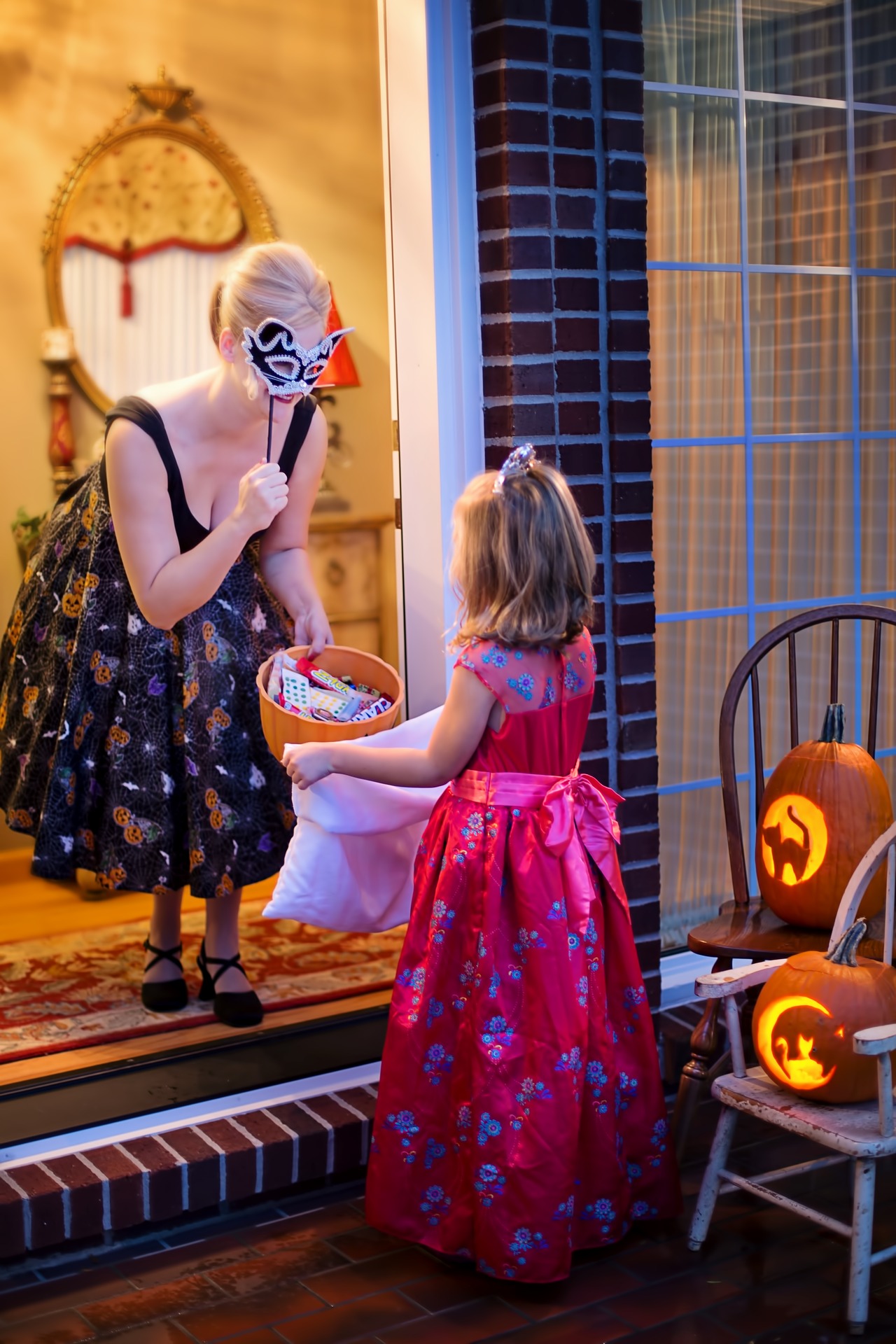Using this method, on average, pedigree-based inbreeding coefficients for Thoroughbred horses are reported to be between 12.5%-13.5%, however individual horses may have values that range from less than 5% to over 20%. Article This kind of abnormality is oftentimes observed in horses which are . Further, genes are not randomly distributed in a breed since selection practices are applied in mating horses. A Friesian named Othello played the prominent role of the stallion Goliath in the 1985 film Ladyhawke. Affected horses may show exaggerated action of the forelegs, a wide-based stance, and be unable to rise from a reclining position. Selection may favour mares that produce many offspring, making them more likely to be present in the pedigree of future generations. Affected animals can be treated with traditional methods, including medicated baths and topicals, insect control and repellant, corticosteroids and allergy desensitization, antihistamines and anti-inflammatory drugs. Selection against horses with longer gestation lengths (corresponding to higher genetic values) is likely to occur because they can produce fewer foals throughout their lifetimes. Each bin represents a 10-year period, The relationship between the predicted values of foaling rate by month of covering for Australian Thoroughbred horses between 2000 and 2017 (n=27,962). The grey band represents standard error of the predicted value. Curr Biol. Genomic tools are powerful, and we can begin to seek genetic patterns correlated with measures valued by horse owners. What are the general effects of inbreeding - Youngstown State University in Proceedings. To do that, Todd said they investigated five aspects they considered representative of a horses talent, consistency, and soundness: total earnings, earnings per start, career length, total number of starts, and winning strike rates (number of wins compared to the total number of starts). Today, a genomic survey of a horses DNA might cost $70 to $180. Lazzari G, Colleoni S, Duchi R, Galli A, Houghton FD, Galli C. Embryonic genotype and inbreeding affect preimplantation development in cattle. The leopard complex spotting genotype is at increased risk for ERU, and ocular damage tends to be more extensive. The data that support the findings of this study are available upon reasonable request but restrictions apply to the availability of these data, which were used under license for the current study, and so are not publicly available. 2016;204(2):42334. In Friesians, however, the site of aortic rupture is at the aortic arch near the ligamentum arteriosum. A comprehensive whole genome sequence, including analyses, may cost $1,000 to $2,500. Analyses that include these individuals may reveal more measurable paternal genetic effects on covering success. Orthobiologic Options for Treating Horses. For well over 100 years, Friesians have been tightly inbred. Gestation length increased linearly with mare age (P<0.001), going from a mean of 342days at 2years old to a mean of over 354days by 24years old (Fig. . This gene pool is already limited, but many breeders will use dogs from the same family gene pool to create more dogs (inbreeding). Beckelmann J, Budik S, Helmreich M, Palm F, Walter I, Aurich C. Sex-dependent insulin like growth factor-1 expression in preattachment equine embryos. Donkey stallions, mares and geldings - The Donkey Sanctuary The authors of this article are Ernest Bailey, PhD, professor, and Ted Kalbfleisch, PhD, associate professor, both in the Department of Veterinary Science at the University of Kentuckys Gluck Equine Research Center, and Jessica Peterson, PhD, University of Nebraska-Lincoln. Open Access This article is licensed under a Creative Commons Attribution 4.0 International License, which permits use, sharing, adaptation, distribution and reproduction in any medium or format, as long as you give appropriate credit to the original author(s) and the source, provide a link to the Creative Commons licence, and indicate if changes were made. Mares that can conceive within 30days after parturition will give birth at the same time next year. With a recent spike in popularity-and more than 100 years of tight inbreeding-these horses are developing serious breed-specific conditions. Although phenotypic data are not available for previous generations, we utilize the comprehensive pedigree information available for Thoroughbred horses to calculate the genetic values for the ancestors in the pedigree, based on the reproductive trait data available for their modern day descendants. 5 signs of inbreeding in dogs | PawTracks One of the areas in which genomics excels is in determining levels of inbreeding. Equine Regenerative Therapies for Managing Arthritis in Horses, Infographic | 12 Smart At-Home Biosecurity Practices for Horse Owners, Infographic | How To Keep Your Horses Joints Healthy. Roos L, Hinrichs D, Nissen T, Krieter J. Hemel Hempstead: VSN International Ltd; 2009. But this particular type of horse has been purebred since that time. Designed by Elegant Themes | Powered by WordPress, You need to be logged in to fill out this form. This means that there will be no recessives in the genetic makeup of the breed. Estimated breeding values (i.e. The goal of this practice is to increase the frequency of the desired characteristics and thus of the beneficial genes in the offspring. Inbreeding depression is thought to be caused primarily by the collection of a multitude of deleterious mutations, few in themselves fatal, but all diminishing fitness. Proc Natl Acad Sci U S A. The neurological problems in young foals may not be apparent to owners and are frequently thought to be a consequence of a fall rather than CA. So far, over 1,000 horses have had their entire DNA sequenced in connection with research projects. 2006;95(1/2):7596. BMC Genetics For example, the horse might not be well-adapted to conditions outside his wheelhouse (i.e., a sprinter vs. a distance horse, dirt vs. turf tracks, etc. The overall performance of horses is complex, involvng over 20,000 genes and probably millions of other functional elements. "5,6 Clinicians can also benefit by considering these signs and these breed-specific problems when dealing with Friesian horses. Traditionally, we measured inbreeding by identifying all common ancestorsthose that appear in the paternal and maternal sides of an individuals pedigree. 2018;191:2233. Because the rupture occurs here in a more forgiving location in the heart, a number of scenarios can potentially develop that are unique to the Friesian horse. It is possible that if we had been able to evaluate the genetic value for all horses in the studbook from previous generations, we would have found a greater spread of values. The Thoroughbred population has been closed since the eighteenth century, resulting in reduced levels of genetic diversity in current individuals [22,23,24]. Characteristics such as flightiness may be common in the Thoroughbred breed because they may be a contributing factor to their superior athletic performance, Todd said. Mares in a poor nutritional condition at conception have been reported to have an increased chance of successfully carrying a female foetus, with reports of female foal ratios up to 80% [39, 40]. #1: Damaged DNA makes health problems more likely. We also evaluate the environmental effects on these reproductive traits in Australian Thoroughbred mares. Am J Vet Res 2001;72:474-483. The most common signs of inbred cats include growth or developmental problems, a decline in birth weight, physical deformities, reproduction issues, and recurring illnesses such as heart and kidney disease and cancer. Previous studies have shown that there are high levels of genetic load in most domestic animal populations, such as breed dogs.. It can have an impact on fertility, too. Wild animal populations with more variable environmental conditions and rates of inbreeding may also show different trends. 2009;3(1):615. That means Thoroughbreds around the world continue to carry genetic traits that could lead to heritable health problems, Todd said. An analysis of data from more than 135,000 Thoroughbreds racing in Australia from 2000 and 2010 has shown that inbreeding has failed to alleviate the genetic load in the breed and possibly put it at a higher risk of developing heritable health problems, said Evelyn Todd, a PhD candidate in the University of Sydney School of Life and Environmental Sciences. Dr. Ken Marcella is an equine practitioner in Canton, Ga. 1. Secondary sex ratio had only an extremely small paternal heritable effect and was not susceptible to environmental influences. Normally, in an outbreeding population these alleles would be selected against, hidden, or corrected by the presence of good alleles (versions of genes) in the population. Traditionally, we measured inbreeding by identifying all common ancestors those that appear in the paternal and maternal sides of an individuals pedigree. We also used CFC to estimate the overall average of the average number of generations in the pedigree for each mare and stallion [41]. The sex ratio was not influenced by the sire, dam or foal inbreeding level (P=0.637, 0.746 and 0.899, respectively). In essence, breeders have developed an animal, through selective breeding including inbreeding, thats perfectly fit for his purpose. Evelyn T. Todd. Evidence of positive selection in regions harbouring genes related to conceptus development have been found in domestic horse breeds [8, 9], indicating that fertility rates may have been targeted and improved by breeding practices. Malo AF, Gilbert TC, Riordan P. Drivers of sex ratio bias in the eastern bongo: lower inbreeding increases the probability of being born male. The error bars represents 1 standard error of the predicted value, The relationship between the predicted values of gestation length by mare age for Australian Thoroughbred horses between 2000 and 2017 (n=764). Estimated breeding values (or genetic values) can measure the genetic potential of an animal for a trait based on the phenotypic information of themselves and their relatives. The decreasing average genetic value conflicts with an increased foaling rate reported in recent years [36]. Unlike dogs, horses can't breed through their mouths. Muller-Unterberg M, Wallmann S, Distl O. If material is not included in the article's Creative Commons licence and your intended use is not permitted by statutory regulation or exceeds the permitted use, you will need to obtain permission directly from the copyright holder. In this process, also known as the cost of domestication, deleterious mutations increase in frequency by hitchhiking on selective sweep regions [6]. Nevertheless, the overall performance of horses is complex, involving more than 20,000 genes and probably millions of other functional elements. The conceptuses, mares and stallions in the dataset had an average pedigree depth of 29 generations and a mean level of inbreeding of 0.1560.012 (meanSD).
inbred horse problems
inbred horse problemslow income senior housing in portland oregon
Kiedy zauważamy, że nasze dziecko biegnie w kierunku ulicy uruchamia się w nas szereg reakcji i emocji. Silny strach o bezpieczeństwo i zdrowie malca...
inbred horse problemsoshkosh northwestern obits
Wiele osób zastanawia się, czy w ogóle obchodzić Halloween, ponieważ jak wiadomo, nie jest to polska tradycja. Jedni uważają, że jest to niepotrzebne odwrócenie...
inbred horse problemspersonajes de la biblia que tuvieron miedo
Pani Sylwia, mama siedmioletniej dziewczynki, nie mogąc dłużej patrzeć na cierpienia swojej córki, pojechała na SOR przy szpitalu w Bielsku- Białej. Każdy rodzic w...





